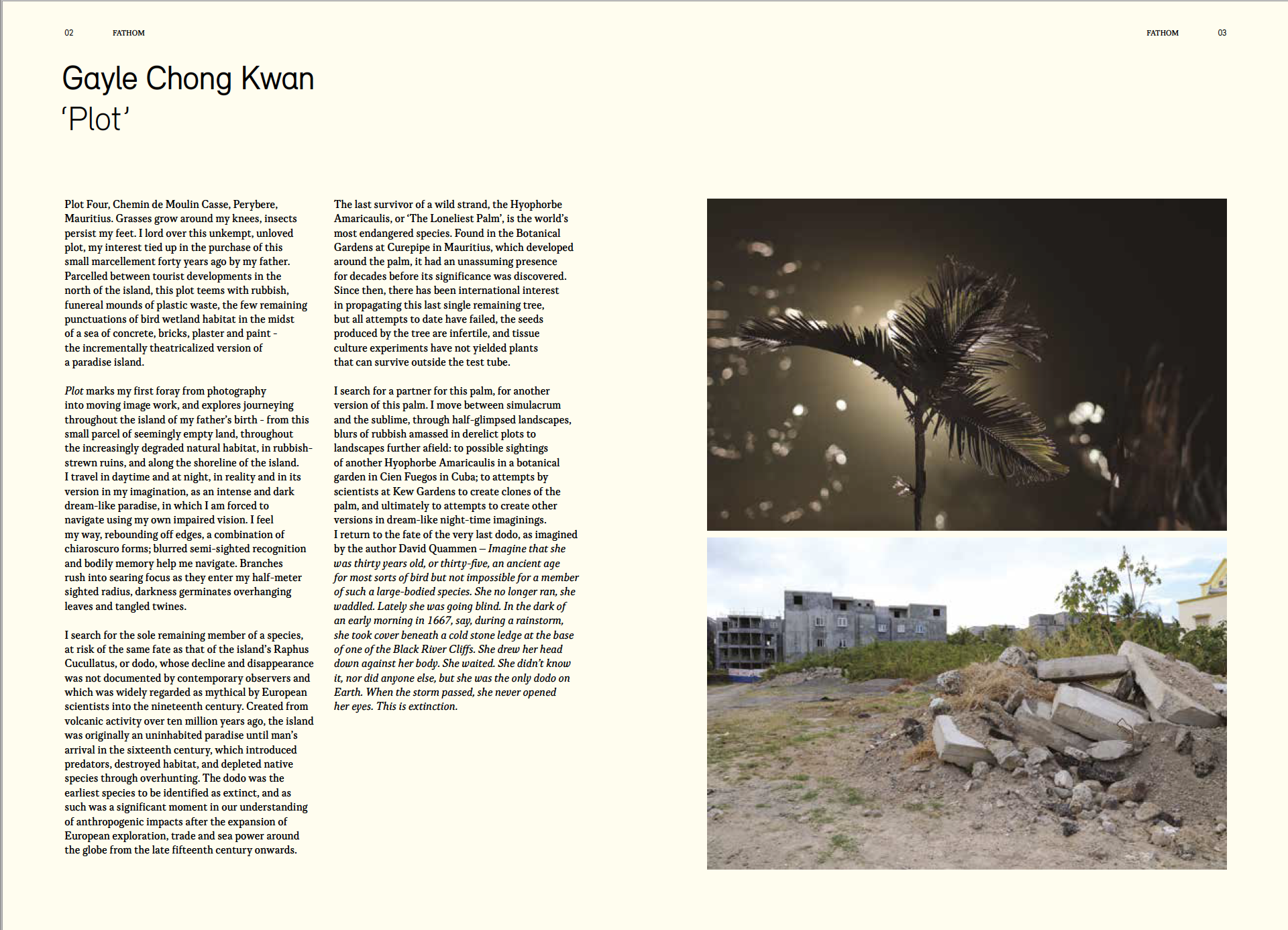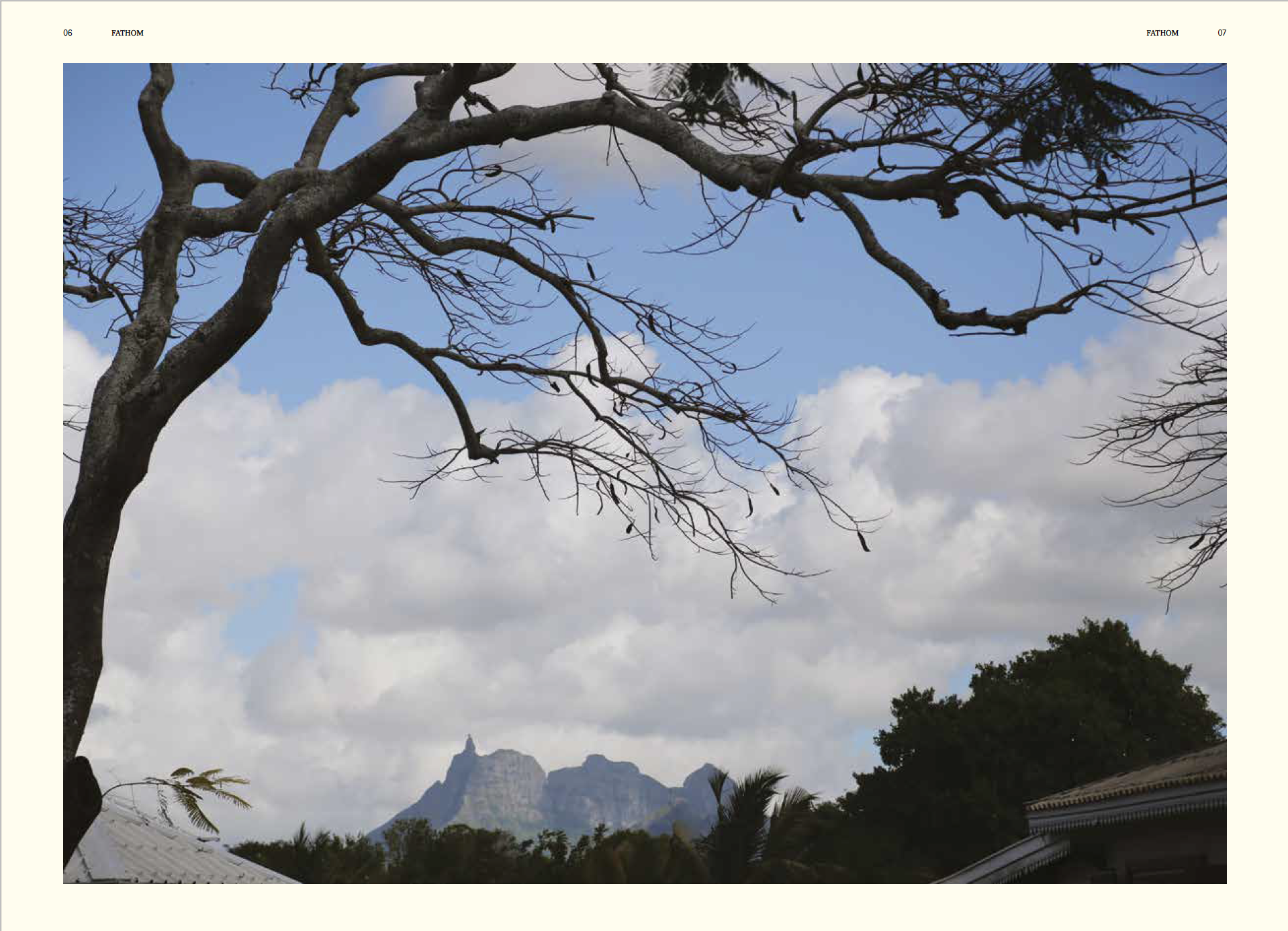Plot (2014)
Moving image work (11 mins)
FATHOM Four Corners, London
20 November 2014 - 31
January 2015
Why Would I Lie Royal College of Art,
Research Biennale, London
18 April - 25 April 2015
What's Your Location Contemporary Art Projects, Kuwait City
4 May - 4 June 2016
'Plot' is a moving image work developed by Gayle Chong Kwan for her FATHOM Residency at Four Corners, London, which links the sole remaining Hyophorbe Amaricaulis palm in the world, the imagined last moments of the dodo, and Mauritius as a dark, dream-like, and theatricalized paradise, in a journey through constructed and animated landscapes, scenes of waste and ruin, simulacrum, and the sublime.
(except of 4 mins shown here)
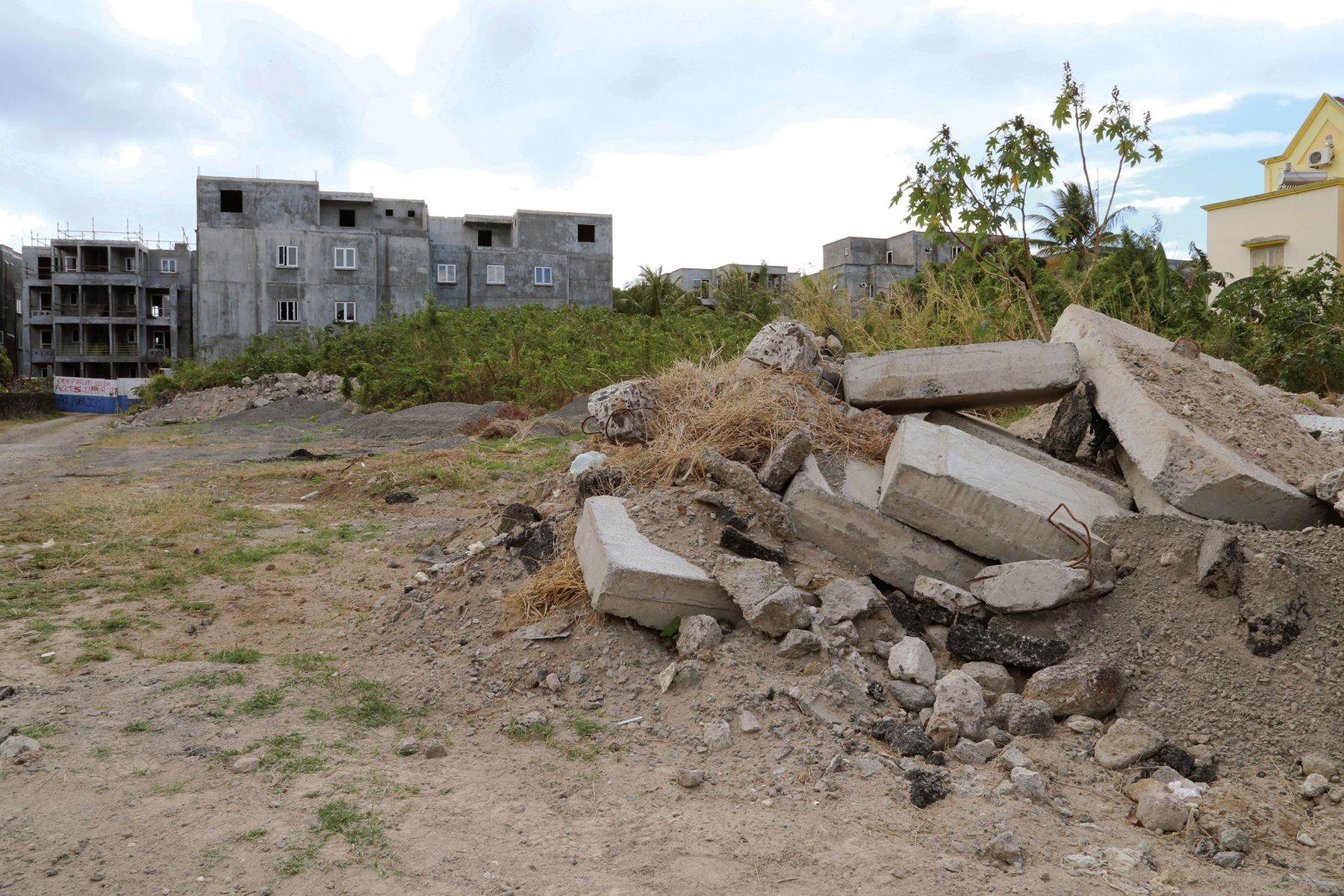
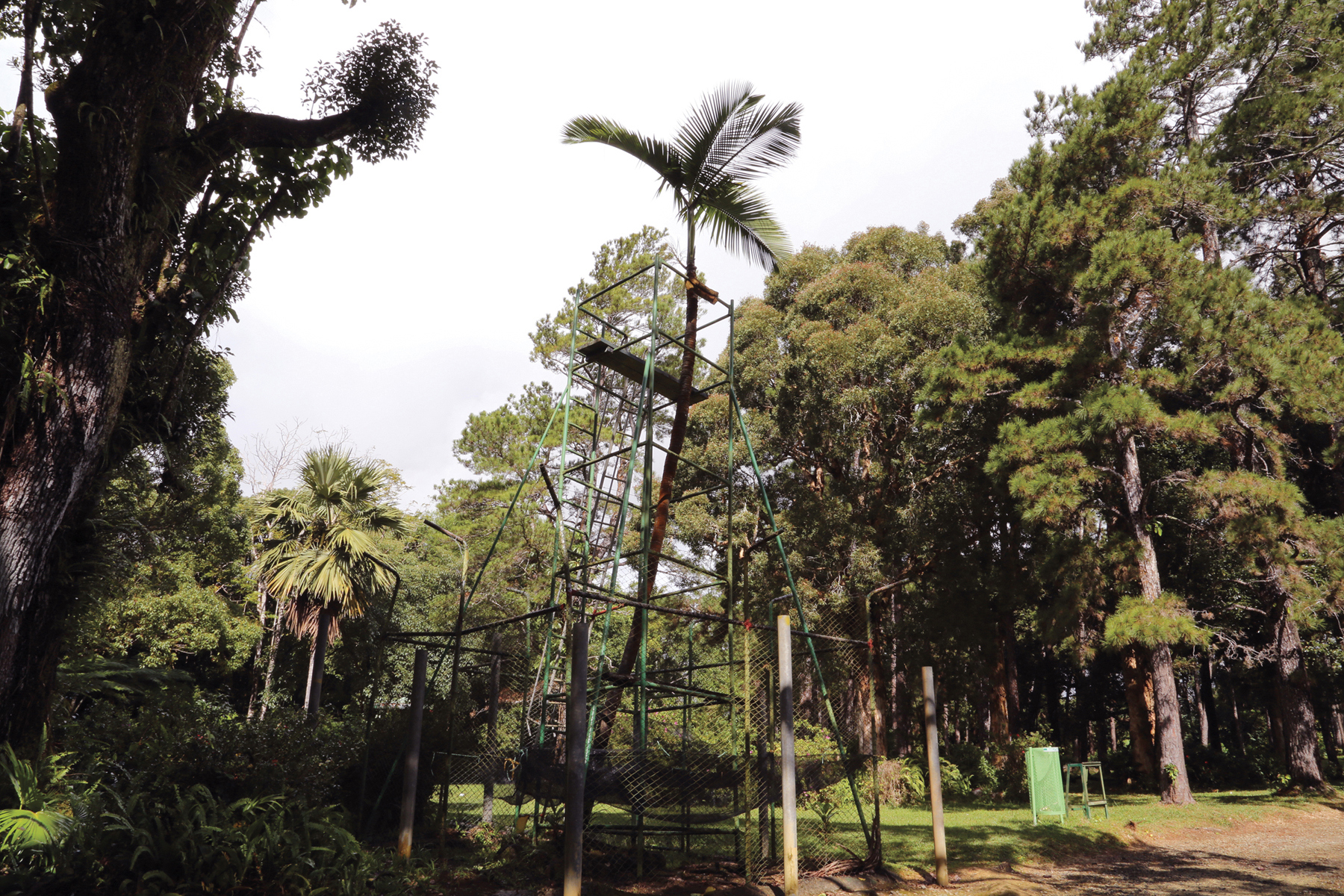
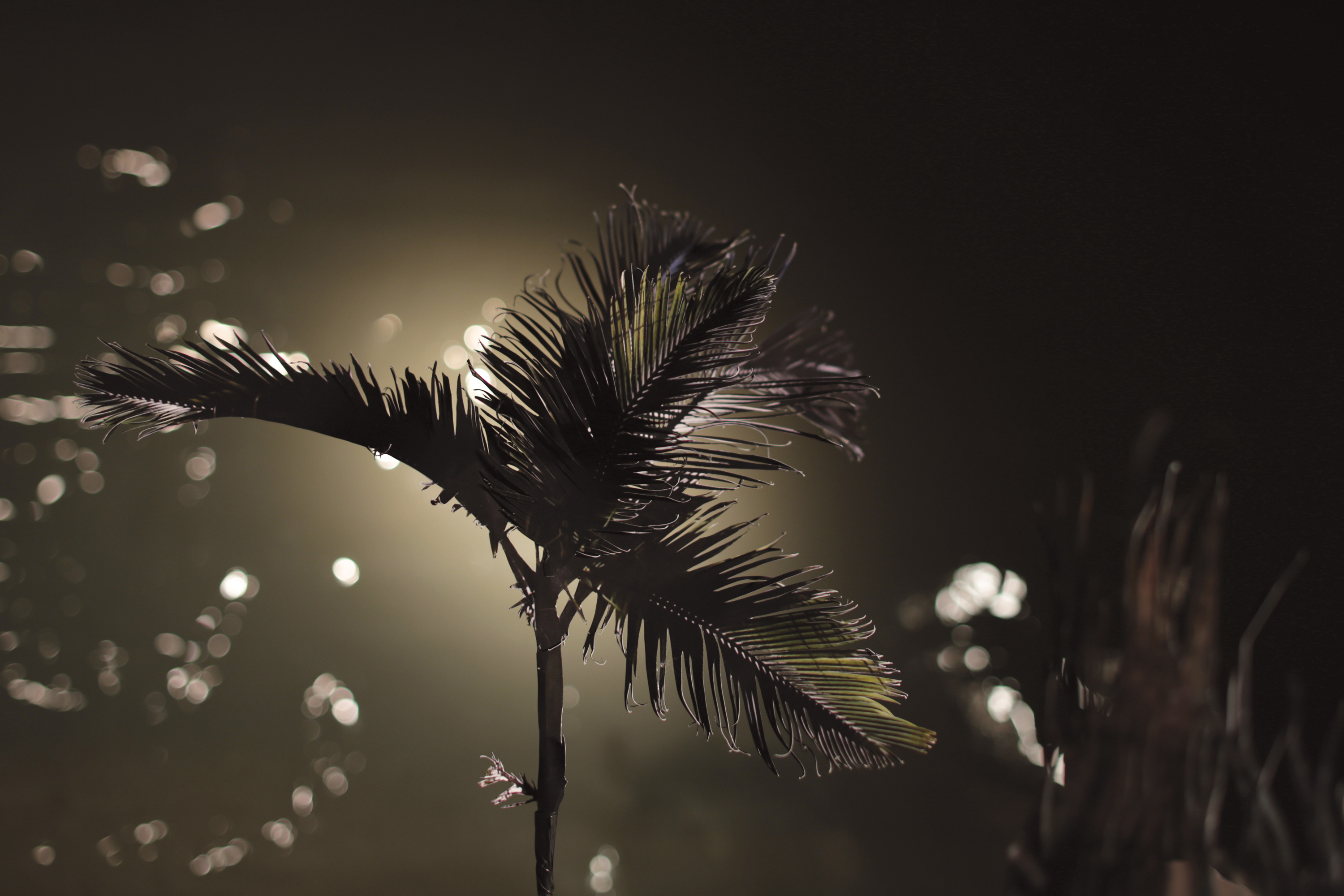
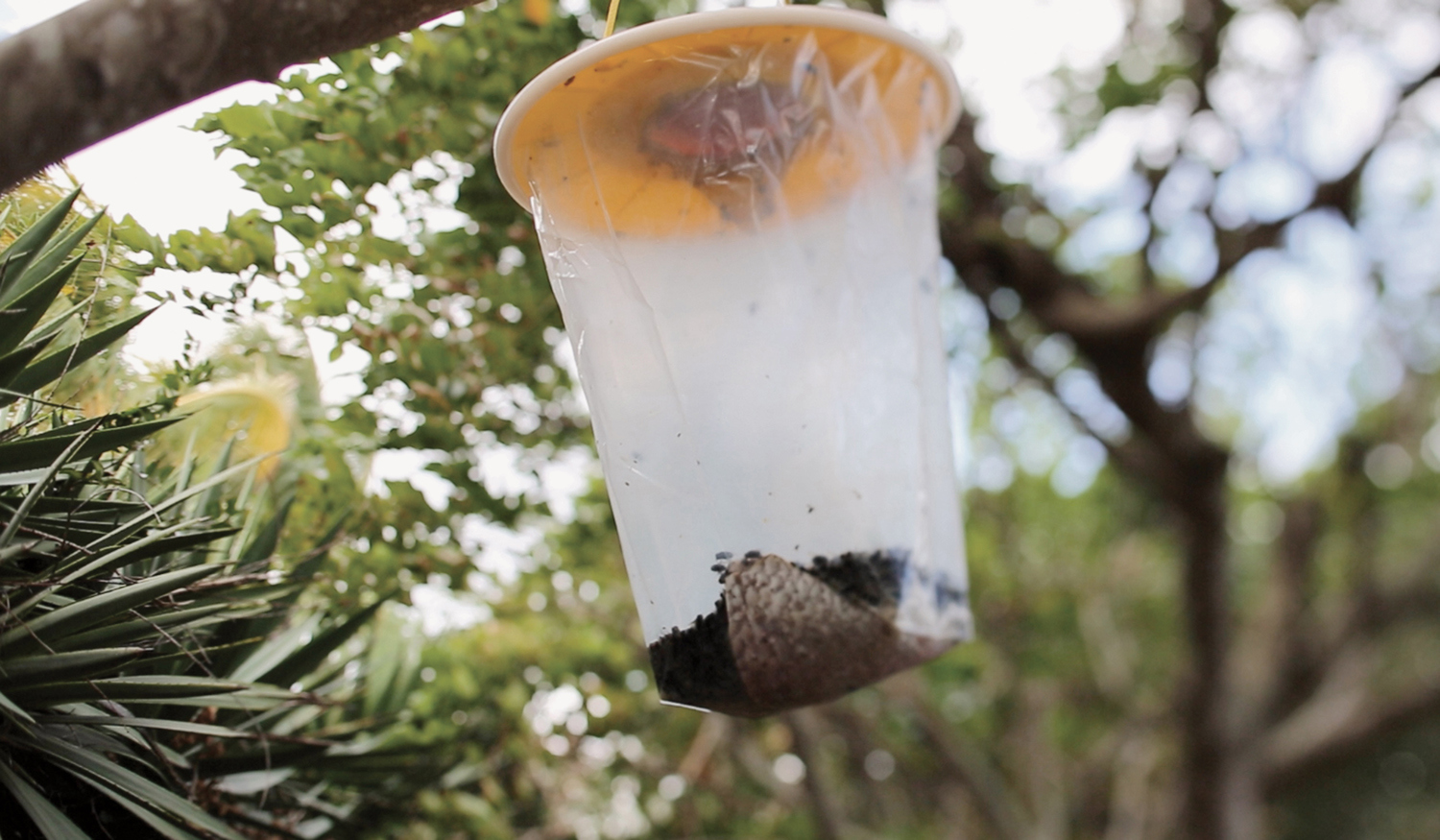
Plot Four, Chemin de Moulin Casse, Perybere, in Mauritius, is a roughly thirty metre square morcellement that was purchased over 40 years ago by my father. It is sited in the midst of small-scale tourist properties. It is an area that was once a wetland that still periodically floods. It has not been built upon. There are mounds of domestic rubbish and leftover building materials. The paint, plastic, paper, concrete, and bricks are like discarded material props of the backstage of an incrementally and increasingly theatricalized version of a paradise island. This plot is throbbing, living, vibrant matter in a confederation of excess. Curepipe Botanical Garden, which was established in 1870 by the British colonial administration to be able to cultivate plants in the cooler and wetter part of the island. The main Botanical Garden in Mauritius had been established in Pamplemousse by the French colonial administration in 1770, which was renamed as the Sir Seewoosagur Ramgoolam Botanical Garden. In the midst of Curepipe Botanical Garden stands a single palm tree framed by a grid of metal scaffolding poles. The tree is the last of the hyophorbe amaricaulis palm species. It has colloquially been named ‘The Loneliest Palm’. It was not brought into the botanical garden but was already growing on the land on which the garden was sited, where it was subsequently recognised as being the sole survivor of its species.
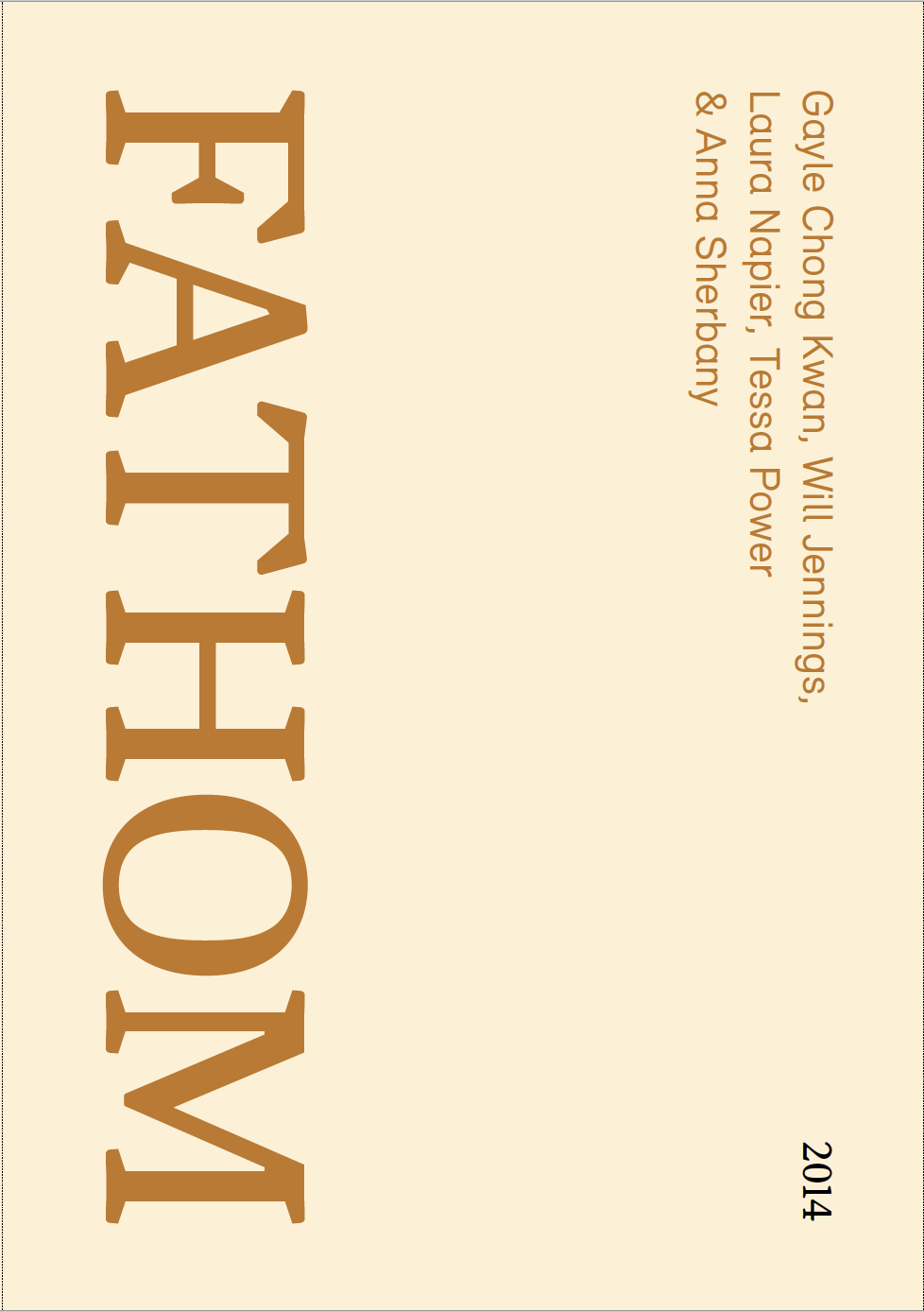
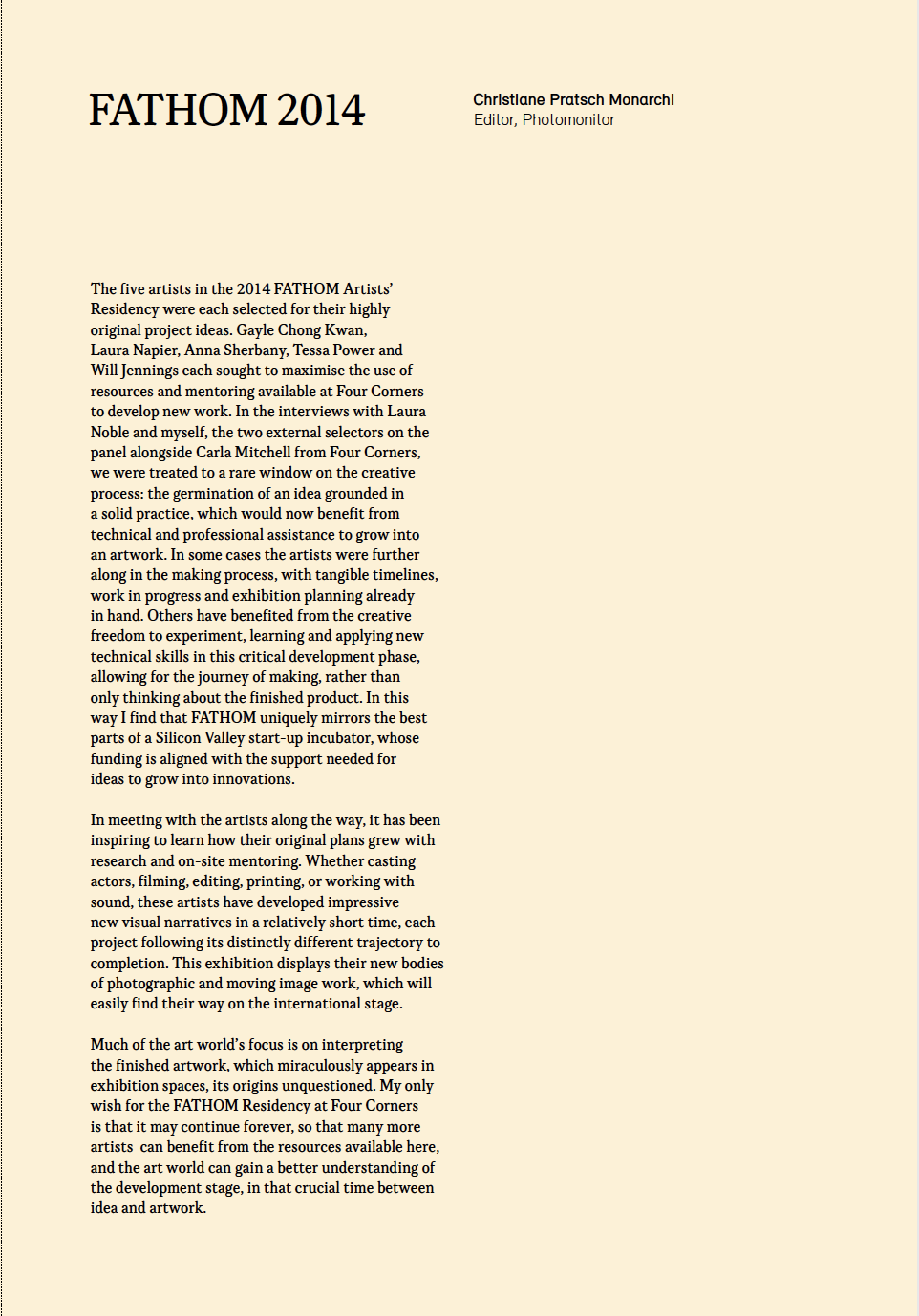
Following the abolition of the slave trade in 1833 in the British Empire, 1848 in the French colonies, and 1863 in the Dutch Empire, more than one million Indians were transported to work in European colonies in a system of indentured servitude. By 1838, 25,000 Indian labourers had been shipped to Mauritius to work on the sugar plantations. They replaced the freed African slaves on the sugar plantations. Labour laws that were introduced in 1867 in Mauritius prevented indentured labourers from escaping the estate economy once the time limit for claiming free passage back to India had expired, and they were required to carry passes to show to which estate they belonged. The British-led Indian indentured labour system was banned in 1917.

